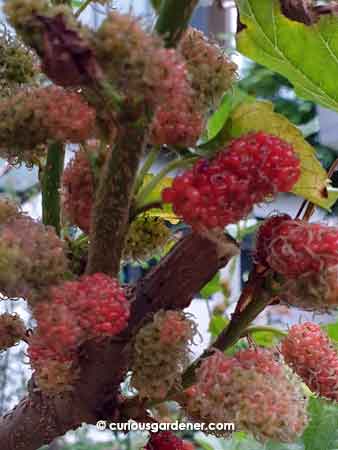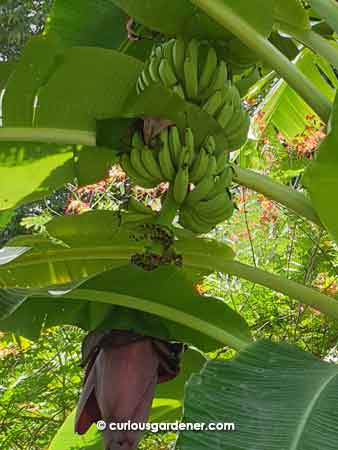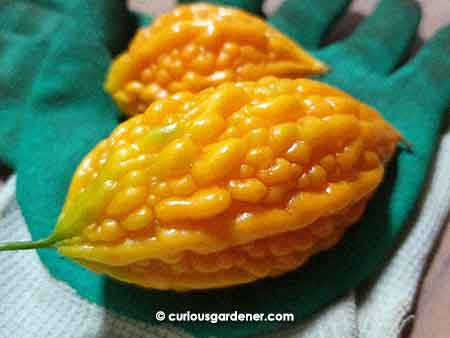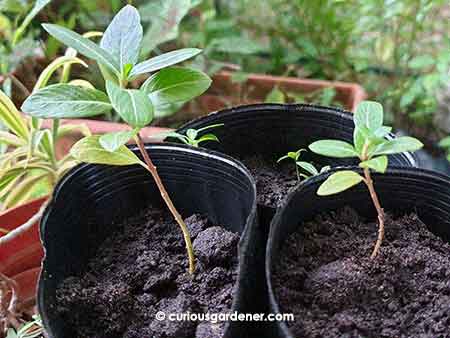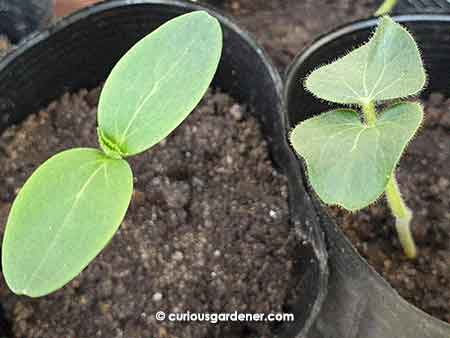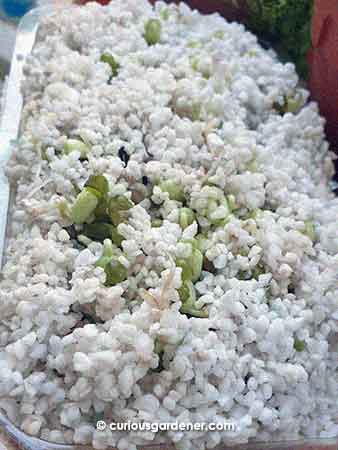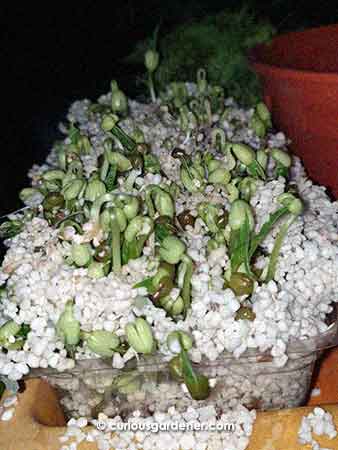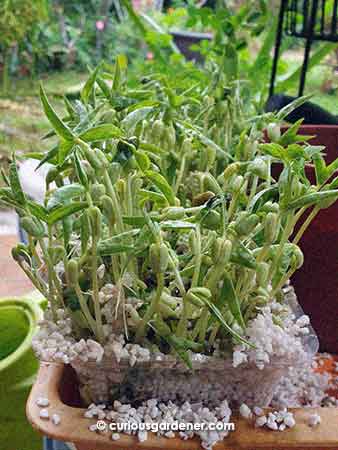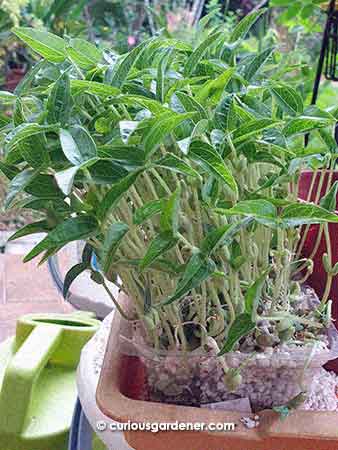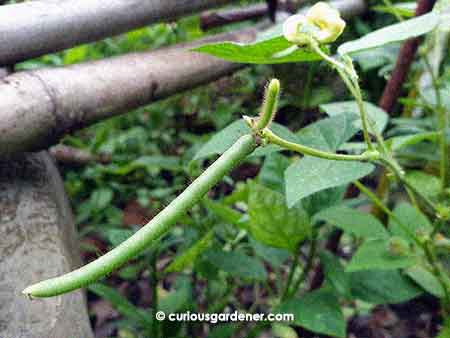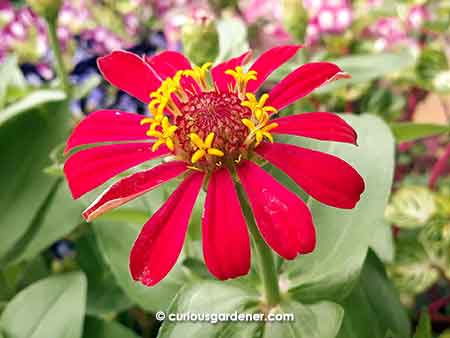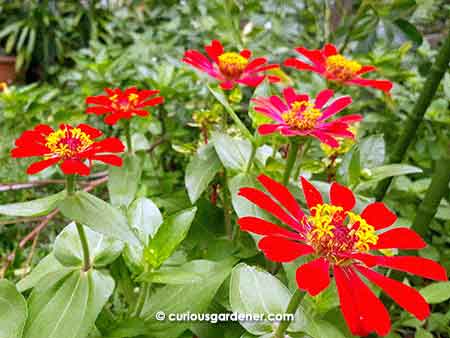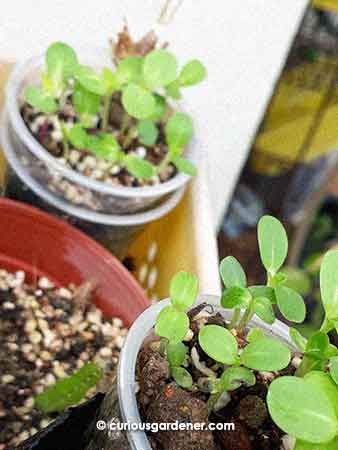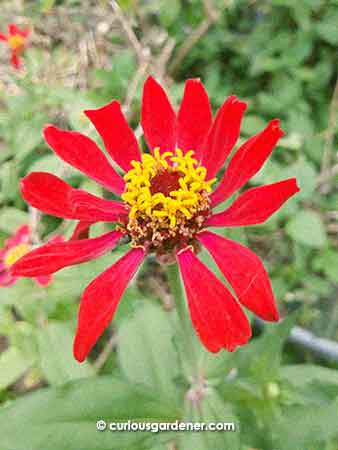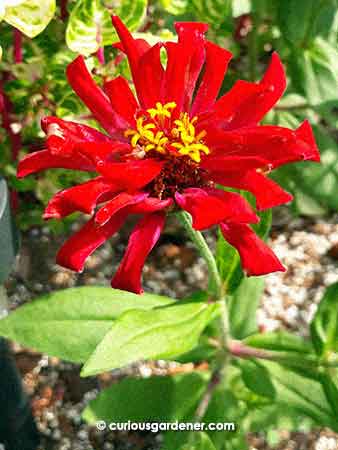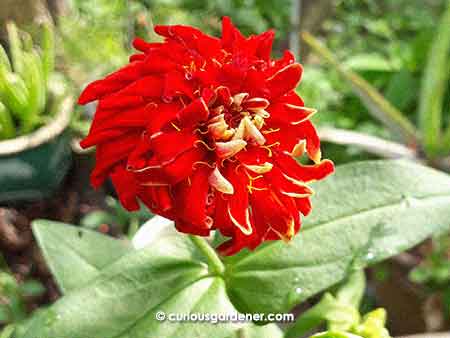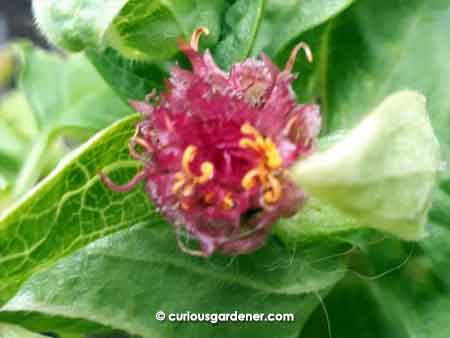Little did any of us know what 2020 would have in store for us when the year started. This global pandemic called Covid-19 made the entire world stop short in its tracks and pause. On one hand, we got a glimpse of what could be, if we reduced our footprint on the world – better air quality and nature bouncing back. On the other hand, it made us realise how dependent we are on modern technology.
When I began The Curious Gardener ten or so years ago, I had grand ideas of growing our own food – and we did grow some over the years, as you’ve seen on the blog. But, to sustain a flow of fresh veggies, you need to be consistent, sowing new seeds periodically, and nurturing your plants regularly. I certainly did not have the pleasure of the free time – odd, considering that we had two months of lockdown, or the “Circuit Breaker” period here in Singapore, and are still in fact working most of the time from home. Instead, the time from April until now was spent adjusting to the new conditions, not just on the home front, but also professionally. Lots of businesses have been adversely affected by the current situation, and the company I am employed by worked hard to cope with the new conditions. I am grateful that we are still in business, but we have been working tirelessly for what feels like forever, and like all my colleagues, I am mentally and emotionally tired.
I imagined, when the lockdown began, that being at home, I would have time to do more things in the garden. However, when I wasn’t working, there were other things to do, like look for new sources of necessities, since many of my fellow citizens went into full “kiasu” mode and bulk-bought things, creating a shortage for the rest of the country. Thankfully, that situation has since eased, and I think we are settling in to the new “normal”.
It’s not a comfortable normal for me yet. I still have to remind myself to wear a mask when leaving the house, because we’ve been cautiously staying home unless there’s something that we absolutely have to go out to do. We miss the freedom of being able to wander freely and visit family and friends. However, not all people are careful about social distancing and wearing masks. So, we play it safe and stay home.
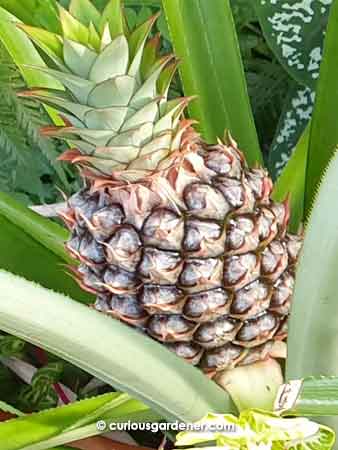
You have to be extremely patient when growing pineapples. We’ve waited about 2 years since the last harvest.
With the end of the year looming, I suddenly realised that I had an entire year’s worth of leave to clear. I happily planned it so I had a whole stretch of long weekends until the end of this awful year. When the first of such weekends rolled around, I took great pleasure in not touching my computer all day. Instead, I finally began catching up on chores. I did some clearing in the garden (it is even more jungle-like now!) and when it rained in the afternoon, I switched to household chores. I felt so good that evening – tired, but happy.
One nice thing that came out of this odd year is the new national movement, Gardening with Edibles, that launched in June. Singaporeans are finally being encouraged to grow edible plants at home! I hope this means a change for those who have been growing their plants outside their flats and properties. The old protocol was to have their plants removed. It was like Christmas when NParks announced that free seeds would be sent to “interested members of the public”. When the seeds began to be delivered, everyone excitedly compared what they got, and arranged to share excess seeds. I received long bean and kai lan seeds. Given the way things have been, it should be no surprise that I haven’t sown them yet. But, now that things are reaching a more even keel for me, the interest and energy to continue growing things is coming back. It’s not that I haven’t grown anything this year; I just didn’t have the spark to write about it until now.
We have enjoyed seasons of mulberries and bittergourds, and recently, thanks to my clearing efforts, sweet potatoes as well. There are bananas and a couple of pineapples on the way, probably ready early next year. My biggest disappointment were the brinjal plants that grew and flowered, but did not bear any fruits. I’ll try again, because we really enjoy the taste of those green brinjals. I just hope that my seeds are still viable. There are some that I forgot to store in the fridge, and I’m tempted to just throw them into pots and see what happens, as my friend the Novice Gardener used to do, because she had several surprises when seeds she didn’t hold hope for germinated en masse. However, I still have a range of seeds in the fridge that ought to still have life in them. And I should use the seeds from the Gardening with Edibles, too. It looks like besides clearing the garden, I’ll also be busy creating trellises and growing areas. It’s good to have my gardening mojo back!

